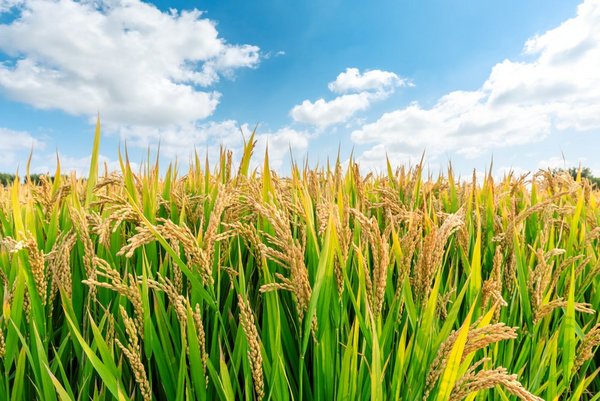- Share this article
- Subscribe to our newsletter
Plants can become nitrogen factories
Scientists from the University of California Davis are offering a sustainable alternative agricultural practice that can reduce the use of excessive nitrogen fertilisers by modifying cereal plants to produce more chemicals to fix atmospheric nitrogen gas – the same chemicals used by soil bacteria that does the same.
The scientists first identified compounds in rice plants that boosted the nitrogen-fixing activity of the bacteria using chemical screening and genomics. They followed this with the identification of pathways that generate the chemicals, and then used gene editing to increase the production of the compounds responsible for the formation of biofilms that had the bacteria that increased nitrogen conversion. This resulted in the improvement of the nitrogen fixing activity and the increase of ammonium in the soil for the plant. Moreover, the scientists said that the same pathway could be used by other plants.
This discovery can potentially reduce nitrogen pollution in the environment, decrease the likelihood of water contamination and reduce greenhouse gas emissions. It can also help raise farmers' incomes by lowering their fertiliser input costs.
(UCDavis/wi)
More information:
Dawei Yan, Hiromi Tajima, Lauren C. Cline, Reedmond Y. Fong, Javier I. Ottaviani, Howard-Yana Shapiro, Eduardo Blumwald: Genetic modification of flavone biosynthesis in rice enhances biofilm formation of soildiazotrophic bacteria and biological nitrogen fixation; Plant Biology Journal, first published: 23rd July 2022; https://doi.org/10.1111/pbi.13894
Read article on the UCDavis website





Add a comment
Be the First to Comment